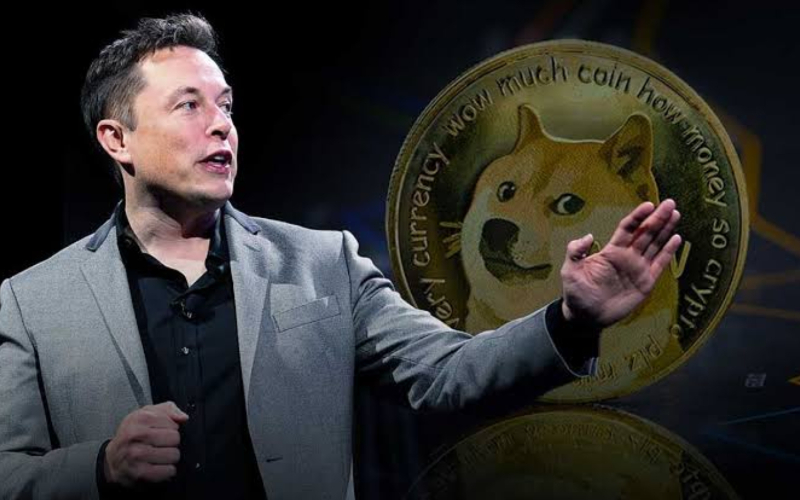Dogecoin (DOGE $0.09) was the only memecoin in 2022 to actively lower its carbon footprint — a crucial statistic for mainstream adoption — by 25% in a single year, according to research, thanks to the intervention of developers and Tesla CEO Elon Musk.
High carbon emissions were one of the key reasons Musk changed his mind about taking Bitcoin (BTC $21,189) payments for Tesla. Even though Dogecoin “was created as a silly joke,” he thought at the time that it was more suited for transactions.
Due to Musk’s and the ecosystem’s members’ proactive efforts, Dogecoin’s annual CO2 emissions were reduced by 25%. According to data from Forex Suggest, Dogecoin created 1,063 tons of emissions in 2022 compared to 1,423 tons in 2021.
When Ethereum switched to a proof-of-stake consensus algorithm in 2022, its CO2 emissions dropped significantly, but Dogecoin’s annual emissions were still 8.3 times higher.
In 2023, Dogecoin will be a viable financial tool due to its low carbon footprint and strong community support.
In terms of price performance for a full year during the 2022 bear market, DOGE fared far better than the majority of the leading assets on the crypto market.
After XRP (XRP $0.39) and BNB (BNB $300), the memecoin was the third-best performer in the top 10 list. Shiba Inu (SHIB $0.000012), DOGE’s main rival, underperformed as well, with the SHIB community concentrating on creating a layer-2 network and creating blockchain and metaverse games.
Musk, who initially endorsed bitcoin in early 2021 when he purchased $1.5 billion in bitcoin through his electric vehicle company Tesla, changed his mind about bitcoin, instead endorsing the meme-based dogecoin.
Earlier this year, Tesla sold off the majority of its bitcoin in an effort to strengthen its balance sheet in the wake of supply chain disruption brought on by lockdowns in China.


